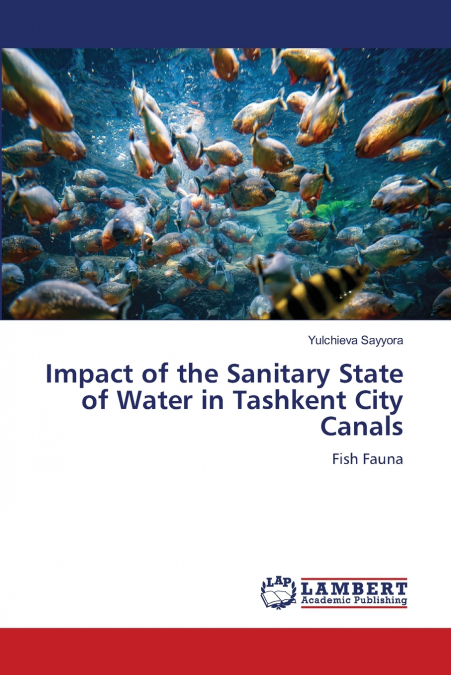
Yulchieva Sayyora
In an era where water pollution poses an increasingly critical threat to urban ecosystems, this comprehensive research delves deep into the environmental challenges facing the Bozsu and Salar canals of Tashkent. Through meticulous scientific analysis, this work examines the complex relationship between industrial waste, heavy metals, and aquatic life, with a particular focus on fish populations. The study presents groundbreaking findings on how various pollutants, including copper, chromium, and petroleum products, affect different fish species, while offering valuable insights into water quality management and ecosystem preservation. Drawing from extensive field research and laboratory analysis, this book provides essential knowledge for environmental scientists, urban planners, and conservation specialists working to protect our vital water resources. The research not only documents current environmental conditions but also establishes crucial baseline data for future comparative studies, making it an invaluable resource for understanding and addressing urban water pollution challenges.